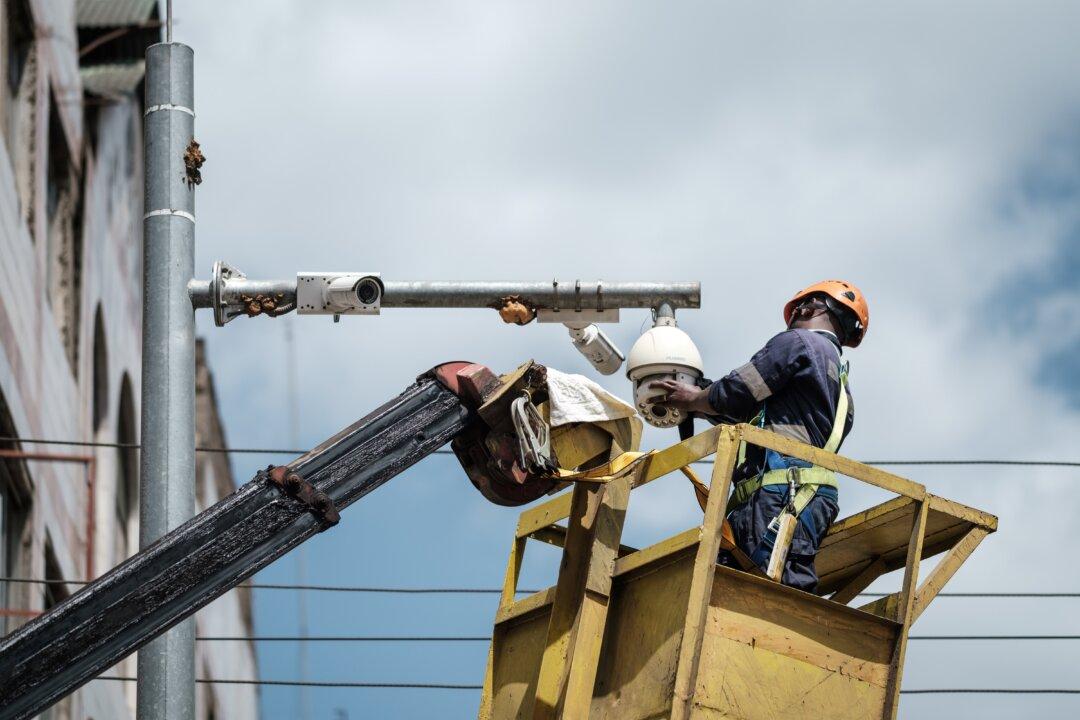China has been heavily promoting its surveillance technology among client governments around the world, but apart from miring the locals in debt and raising national security risks, the projects have produced lackluster results.
Multiple cities in Pakistan have reported increased crime rates, even after installing “Safe City” infrastructure built by China’s state-linked tech company Huawei.





